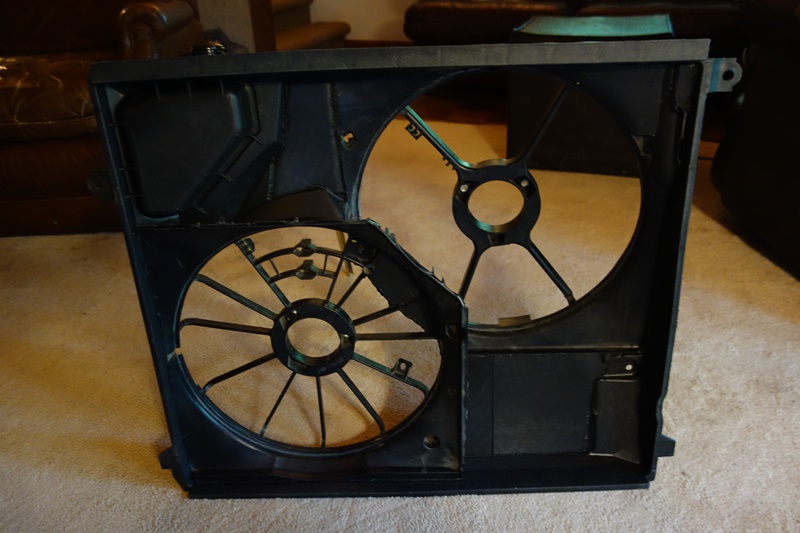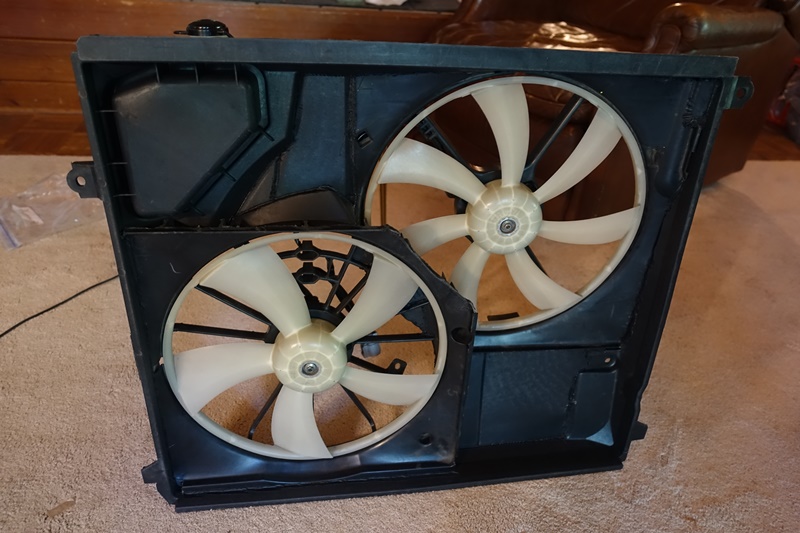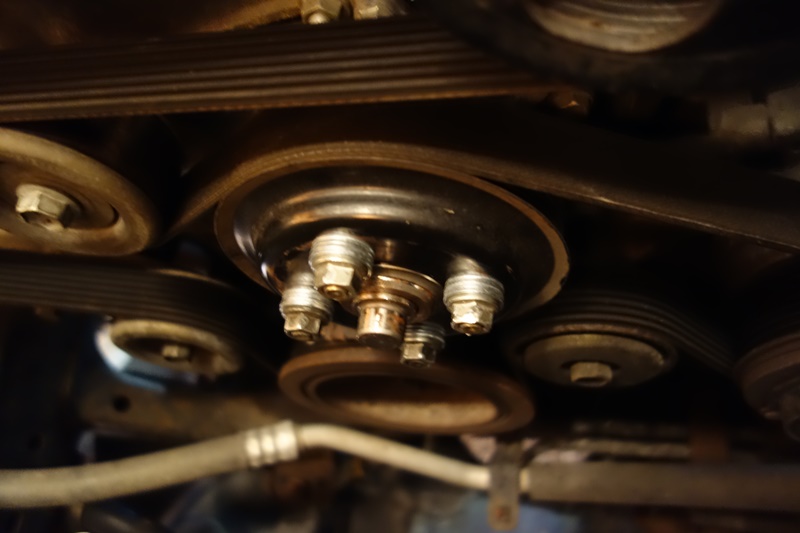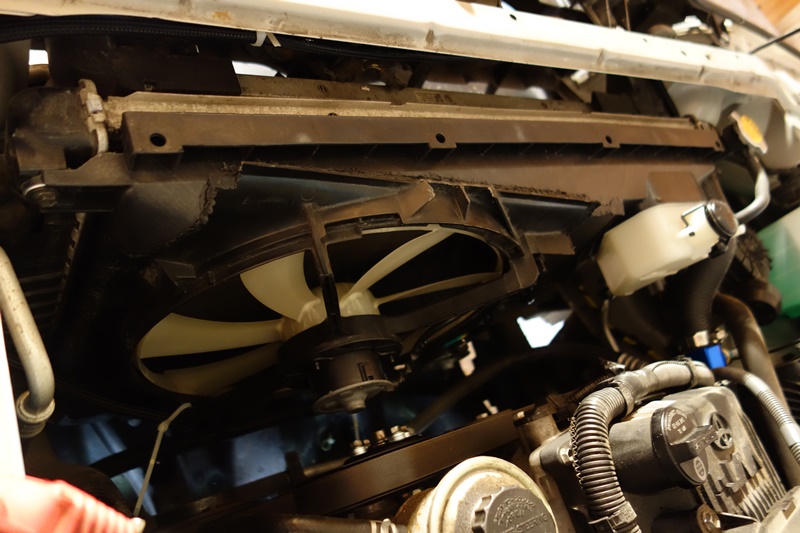Fan Selection and Mounting:
When it came to fans, I did not know the reliability of aftermarket fans so I focused in on repurposing OEM fans. Many fans used in swaps I researched drew more power than I wanted or were older flat blade designs. I finally settled on the dual electric fans from a V6 Toyota Camry, 2007-2011 style. The good points about this fan are that it will provide sufficient cooling, won't strain the electrical system, is a modern design, and had a closely fitting shroud. The bad points about this fan was stock it uses a voltage controller so no low/high wires, it is too wide to fit right in my truck without modification, and I found no prior swaps with this fan. Being stubborn, I decided I could work around the negatives and ordered the Camry fan anyway. The imperfect fitment:
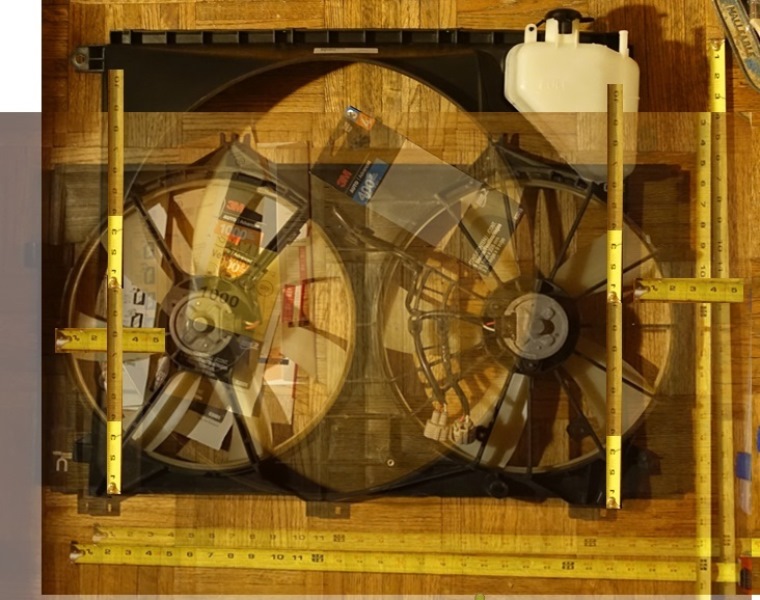
To maximize efficiency and cooling the new shroud needs to cover the entire radiator, plus my radiator overflow tank is molded into the Tacoma shroud so I can’t just remove it. I ordered an extra fan shroud for the Tacoma and decided to fit the new fans and their shroud into the old shroud. I ordered new parts to modify so that I could return the truck to factory and driving the truck. I removed the electric fans and motors and integrated the Camry and Tacoma shrouds together so the electric fan parts would mount correctly and the Tacoma fan shroud base would still bolt right up. I separated the two sides of the Camry shroud and mounting them so that one was in the upper left hand corner of the Tacoma shroud and the other was in the lower right hand corner. My radiator overflow tank is in the upper right hand corner. The fans overlap in the center to keep from hanging off the edges. I used an old 40W soldering iron to “heat weld” and integrate the shrouds together. Lastly I used parts and pieces that I had to remove from the shrouds to fill any blank places in the shroud so that the entire radiator would be covered and ducted to the fans. I also covered over the overlap portion of the fans so they would not both pull the same air. I drained the stock radiator overflow tank, removed the engine driven fan and stock shroud, reinstalled the water pump pulley with washers for spacers, installed the new shroud with electric fans and tank, and refilled the radiator overflow tank. (Note this is not written in order of installation, you should have all your control and power circuits built, tested, and mostly installed prior to this step.)
